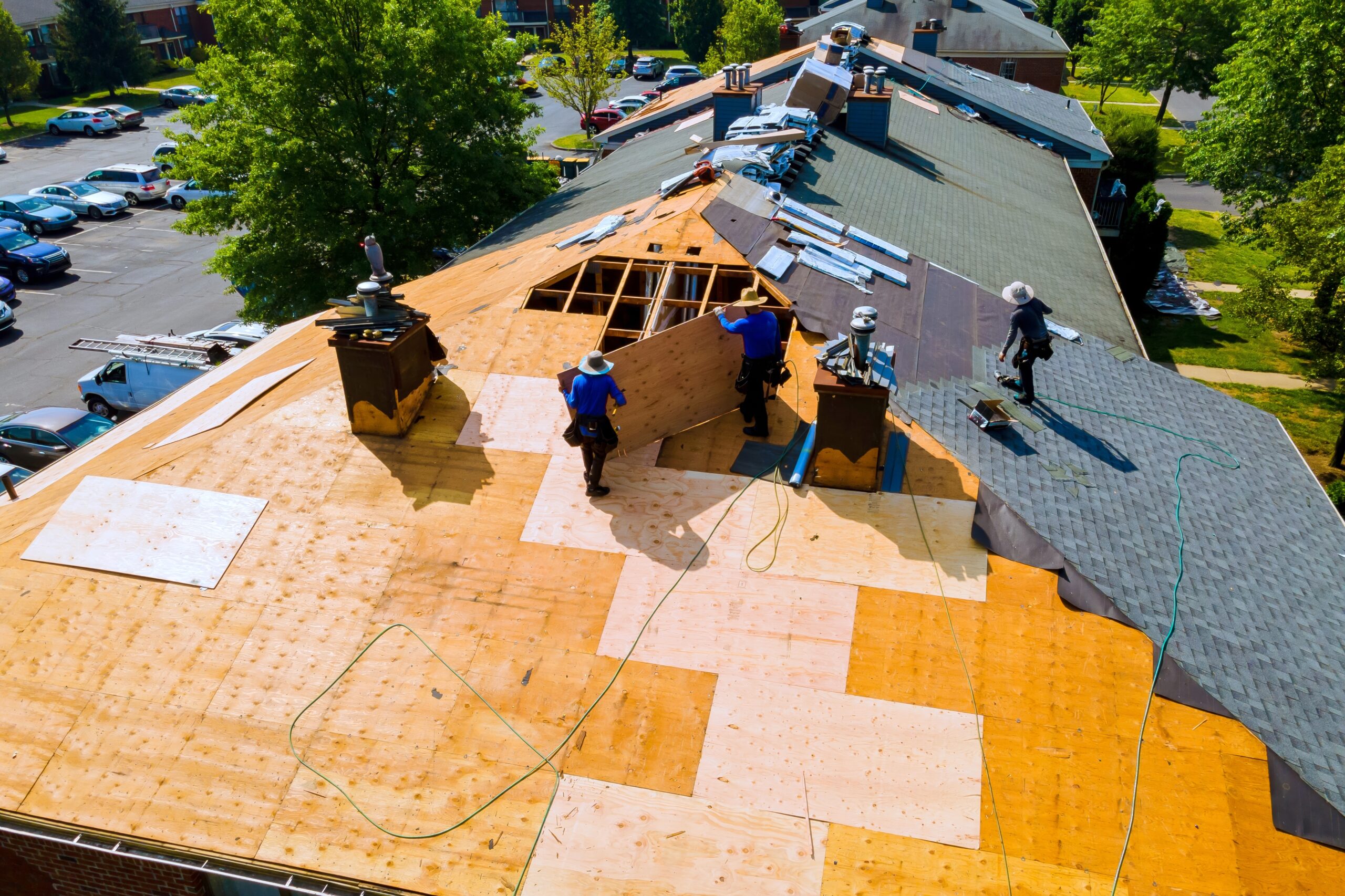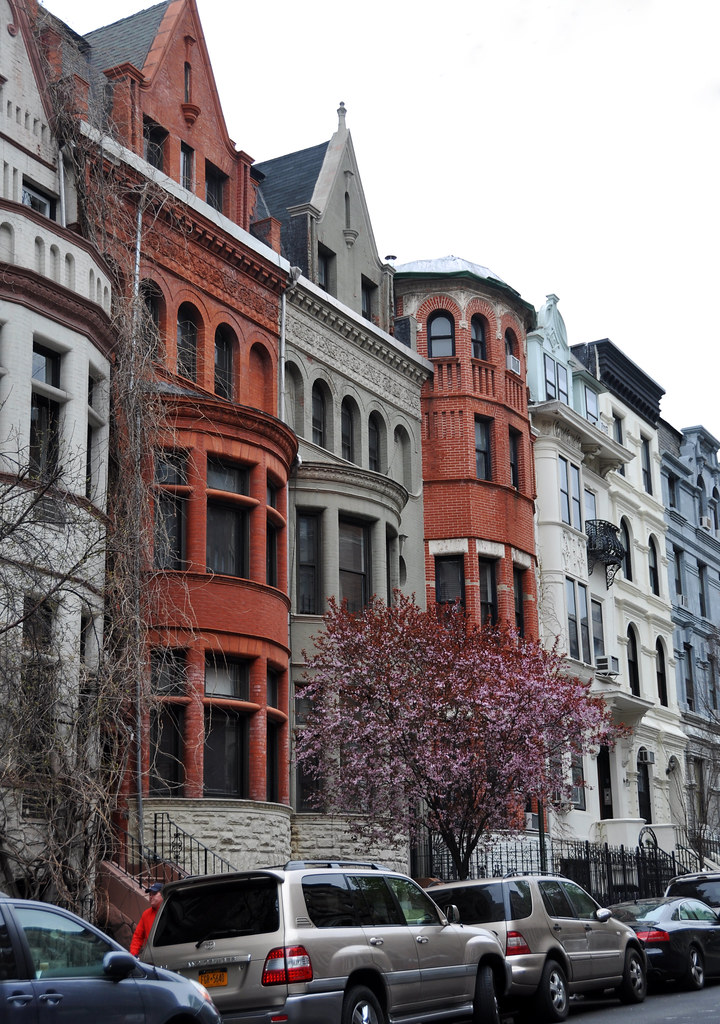Trying to buy a home in America right now feels like playing a game you were never meant to win. Prices keep climbing, inventory keeps shrinking, and even starter homes come with bidding wars and all-cash offers. For many, it’s not just frustrating—it’s downright demoralizing.
The system seems built to benefit investors, developers, and the ultra-wealthy, while regular people are stuck watching their dreams get priced out. Whether you’re a first-time buyer or just trying to move without going broke, it’s easy to feel like the deck is stacked against you. Here are 15 brutally honest reasons why the U.S. housing market now feels completely rigged.
1. Low Inventory And High Demand Has Caused Imbalance

One of the fundamental principles of economics is the law of supply and demand, and right now, the American housing market is experiencing a classic case of imbalance. There are simply not enough homes available to meet the demand, which naturally drives prices up. A significant factor contributing to this imbalance is the slow pace of new construction, hindered by rising costs of materials and labor shortages. According to the National Association of Realtors, the U.S. faces a shortage of over five million homes, a gap that’s not closing anytime soon.
This supply-demand gap means buyers are often competing fiercely for the same properties, which leads to bidding wars and inflated prices. Additionally, many homeowners are reluctant to sell due to the uncertainty of finding a new affordable home. This reluctance further exacerbates the inventory shortage. With more buyers than homes, affordability continues to decline, making it a seller’s market in many regions. It’s a cycle that feeds itself, leaving potential buyers feeling frustrated and priced out.
2. Remote Work Is Having An Impact

With the shift towards remote work driven by the COVID-19 pandemic, many Americans have reassessed their living situations. No longer tethered to physical offices, people are moving away from urban centers to suburban or rural areas where they can afford larger homes with more space. This migration has increased demand in areas that were previously more affordable. According to a report from Zillow, remote work could allow nearly two million renters to become homeowners in areas outside of major cities.
The appeal of more space and lower costs has led to a surge in property prices in these suburban areas, pushing locals out as newcomers move in with higher budgets. This influx not only drives up home prices but also increases rent, creating a ripple effect throughout these communities. While remote work offers flexibility and new opportunities, it’s also contributing to the housing crunch in unexpected ways. The question remains whether these patterns will stabilize or if the trend of moving away from cities will continue to impact housing markets long-term.
3. Investors And Speculators Have Changed The Game

Real estate has always been a magnet for investors, but in recent years, CNBC says the number of institutional investors entering the housing market has increased significantly. Companies and wealthy individuals are purchasing single-family homes to rent out, often buying properties in bulk, which limits the number of homes available to everyday buyers. This trend has driven up prices as these investors can often pay in cash and above asking price, outbidding typical homebuyers.
The presence of these investors in the market shifts the dynamics significantly, making it even harder for average families to compete. With investors prioritizing profit, rental prices are also seeing an increase, leading to affordability issues in both rental and ownership markets. The debate continues about the long-term impact of such investment strategies on the housing market. While some argue it brings necessary investment and revitalization to areas, others worry about the sustainability and ethics of this approach. As this trend continues, its effects on housing accessibility and affordability remain a critical concern.
4. Interest Rates Are A Double-Edged Sword

Interest rates significantly impact the housing market by determining how much borrowing costs for homebuyers. In recent years, we’ve seen historically low interest rates, which, while making mortgages more affordable, have also fueled demand. Low rates encourage more people to buy homes, contributing to the already high demand and pushing prices higher. However, the expectation of rising interest rates can also create a rush among prospective buyers to lock in lower rates, which can temporarily boost demand even further.
On the flip side, when interest rates eventually rise, as many experts anticipate, the cost of borrowing will increase, potentially dampening demand. This shift could cool the market, but it might also make monthly payments less affordable for new buyers. Higher interest rates can significantly affect affordability, making it harder for first-time buyers to enter the market or for current homeowners to upgrade. It’s a delicate balance that requires careful navigation by policymakers to avoid destabilizing the housing sector.
5. Zoning Laws And Building Regulations Are Barriers

Local zoning laws and building regulations play a significant role in shaping the housing market, often restricting the supply of new homes. These laws can limit the density of housing developments, making it difficult to build multifamily units or high-density housing solutions that could alleviate the housing shortage. Stringent regulations can also increase construction costs, further discouraging new development. In many cases, these laws reflect community opposition to change, often termed as “NIMBYism” (Not In My Backyard).
While these regulations are intended to maintain community standards and safety, they often have the unintended consequence of limiting affordable housing options. Reforming these laws to allow for more flexible and diverse housing solutions could help address the supply issues. However, achieving such reform often faces significant political and community resistance. Balancing development with community interests remains a challenging but crucial task for addressing the housing crisis.
6. Construction Costs Are Pushing Prices Up

The cost of building new homes has been steadily rising due to several factors, including increased prices for raw materials and labor shortages. Lumber, steel, and other essential building materials have seen significant price hikes, partly due to supply chain disruptions from the pandemic. These rising costs make it expensive for developers to build new homes, particularly affordable housing. Additionally, a shortage of skilled labor in the construction industry further exacerbates these challenges, delaying projects and driving costs even higher.
Developers often pass these costs onto buyers, contributing to the overall increase in home prices. This situation is particularly problematic for the construction of entry-level homes, which are in high demand but offer lower profit margins for builders. As a result, many builders focus on constructing higher-end homes, leaving a gap in the market for affordable housing. Addressing these construction cost issues is essential for increasing the housing supply and making homes more affordable for a broader population.
7. Economic Inequality Is Widening the Gap

The growing wealth gap in the United States is another significant factor contributing to the housing market’s challenges. While the top earners have seen substantial increases in their income, wages for middle and lower-income Americans have stagnated. This disparity makes it increasingly difficult for the average person to afford a home, particularly in high-demand areas. As more wealth accumulates at the top, wealthier individuals can invest in additional properties, further driving up prices and reducing availability.
This economic inequality also affects access to credit and financing, making it harder for lower-income families to secure mortgages. Without equitable access to housing finance, the dream of homeownership becomes more elusive for many Americans. Addressing economic inequality requires comprehensive policy solutions that extend beyond the housing market but are essential for creating a more balanced and accessible housing landscape. Ensuring that all individuals have the opportunity to participate in the housing market is crucial for long-term economic stability and social equity.
8. Property Taxes Are Constantly Climbing

Rising property taxes are another factor putting pressure on homeowners and potential buyers. As home values increase, so do property taxes, which can strain family budgets and deter potential buyers. For many homeowners, particularly those on fixed incomes, rising taxes can make it challenging to maintain ownership of their homes. This situation is especially true in areas where property tax rates are already high and continue to climb.
Local governments rely on property taxes as a primary revenue source, which can lead to increased rates to fund public services and infrastructure. While necessary, these tax increases can contribute to making homeownership less affordable, especially for middle and lower-income families. Finding a balance between necessary funding for public services and affordable property taxation is a delicate but essential task for local governments. Reforms in how property taxes are assessed and applied could help ease the burden on homeowners and make housing more accessible.
9. Student Loans Have Put Housing In Crisis

Student loan debt is a significant burden for many young Americans, affecting their ability to purchase homes. With over $1.7 trillion in student loan debt nationwide, many potential homebuyers are delayed in entering the housing market. The high monthly payments and debt-to-income ratios of student loans make it difficult for young adults to save for a down payment or qualify for a mortgage. This delay in home buying can have long-term financial implications, including missing out on wealth building through home equity.
The impact of student loan debt extends beyond individual borrowers, affecting the overall housing market by reducing the number of first-time homebuyers. This reduction in demand can have ripple effects on housing supply, as builders and developers adjust their strategies to cater to a different demographic. Addressing the student loan crisis is essential for opening up the housing market to younger generations and ensuring economic mobility. Solutions such as loan forgiveness, income-based repayment plans, and financial education could help alleviate this barrier and make homeownership more attainable.
10. Climate Change Is Reshaping The Market

Climate change is increasingly influencing the housing market, affecting where and how people choose to live. Rising sea levels, increased frequency of natural disasters, and changing weather patterns are impacting property values and insurance costs in vulnerable areas. Homebuyers are becoming more conscious of climate risks, leading to shifts in demand away from high-risk areas. This shift can reduce property values in affected regions, while increasing demand and prices in perceived safer areas.
Additionally, climate change is leading to stricter building codes and environmental regulations, which can increase construction costs. While these measures are necessary for sustainability, they can also contribute to higher home prices. As the effects of climate change become more pronounced, the housing market will continue to adapt, influencing where and how homes are built and valued. Preparing for and mitigating these impacts is essential for creating a resilient and sustainable housing market.
11. Gentrification Has Led To Displacement And Rising Costs

Gentrification is a double-edged sword, often seen as both a revitalization of communities and a force of displacement for longtime residents. As wealthier individuals move into historically lower-income neighborhoods, property values and rents often increase, pricing out existing residents. This process can lead to cultural and social shifts in communities, often resulting in a loss of historical identity and diversity. While gentrification can bring investment and improvements to neighborhoods, it often does so at the expense of affordability.
The displacement caused by gentrification is a significant concern for housing advocates, as it exacerbates the housing crisis by reducing available affordable housing. Residents who are forced to move may struggle to find comparable housing, often moving to less desirable areas with fewer resources and opportunities. Balancing the benefits of neighborhood investment with the needs of existing residents requires thoughtful urban planning and policy interventions. Strategies such as affordable housing mandates, community land trusts, and tenant protections can help mitigate the negative effects of gentrification.
12. Aging Housing Stock Is A Growing Concern

The aging housing stock in the United States is an often-overlooked factor contributing to the housing crisis. Many homes across the country are several decades old, requiring significant maintenance and renovation to meet modern standards. Older homes can be cost-prohibitive to update, leading to a lack of suitable housing for today’s buyers. This issue is particularly acute in urban areas, where space constraints limit the development of new housing.
As the existing housing stock continues to age, the demand for newer, updated homes increases, further driving up prices. The cost of renovating older homes can also be burdensome for current homeowners, leading to deferred maintenance and deteriorating conditions. Addressing the challenges of an aging housing stock requires investment in renovation and modernization, as well as incentives for maintaining existing homes. Encouraging the development of new housing that meets modern needs is essential for creating a balanced and sustainable housing market.
13. Foreclosure Has Lingering Effects

The foreclosure crisis of the late 2000s had a lasting impact on the housing market, with effects still felt today. Many families lost their homes, leading to a surge in rental demand and a decrease in homeownership rates. The crisis also resulted in tightened lending standards, making it more difficult for some buyers to qualify for mortgages. This shift towards a more conservative lending environment has had long-term implications for the housing market.
While foreclosures have decreased in recent years, the experience left lasting scars on the housing landscape, affecting buyer confidence and market dynamics. Many affected by the crisis have been hesitant to re-enter the market, either due to financial constraints or emotional hesitation. Addressing the lingering effects of the foreclosure crisis requires ongoing efforts to promote financial literacy, support homeownership, and ensure responsible lending practices. Creating a stable and accessible housing market depends on learning from past mistakes and implementing safeguards against future crises.
14. Government Policies Are A Complex Web

Government policies at the federal, state, and local levels significantly impact the housing market, often with unintended consequences. Policies designed to promote homeownership, such as mortgage interest tax deductions, can inadvertently contribute to higher home prices by increasing demand. Additionally, zoning laws and land use regulations can limit housing supply, as discussed earlier, further exacerbating affordability issues. Navigating this complex web of policies is a challenge for both policymakers and homebuyers.
Efforts to address the housing crisis often involve balancing competing interests and priorities, making comprehensive reform difficult to achieve. Policymakers must consider the long-term implications of their decisions, ensuring that policies promote affordability and accessibility without creating new barriers. Collaboration between government, industry, and community stakeholders is essential for developing effective solutions. Rethinking and reforming housing policies at all levels can help create a more equitable and sustainable housing market.
15. Cultural Expectations Have Rewritten The American

Cultural expectations and perceptions of homeownership play a significant role in the housing market. The notion of owning a home as a key component of the American Dream has driven many to pursue homeownership, often at significant financial strain. This societal pressure can lead individuals to stretch their budgets, contributing to the demand and driving up prices. While homeownership has long been seen as a symbol of success and stability, changing economic realities are challenging this narrative.
As the housing market evolves, so too must our cultural understanding of what homeownership means. Embracing diverse housing options and rethinking the societal emphasis on owning property can help alleviate pressure on the market. Encouraging financial literacy and promoting alternative paths to stability and success are crucial for adapting to the changing landscape. By broadening our perspective on housing, we can create a more inclusive and resilient market that meets the needs of all Americans.
This article is for informational purposes only and should not be construed as financial advice. Consult a financial professional before making investment or other financial decisions. The author and publisher make no warranties of any kind.








